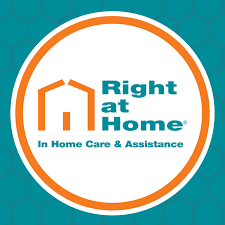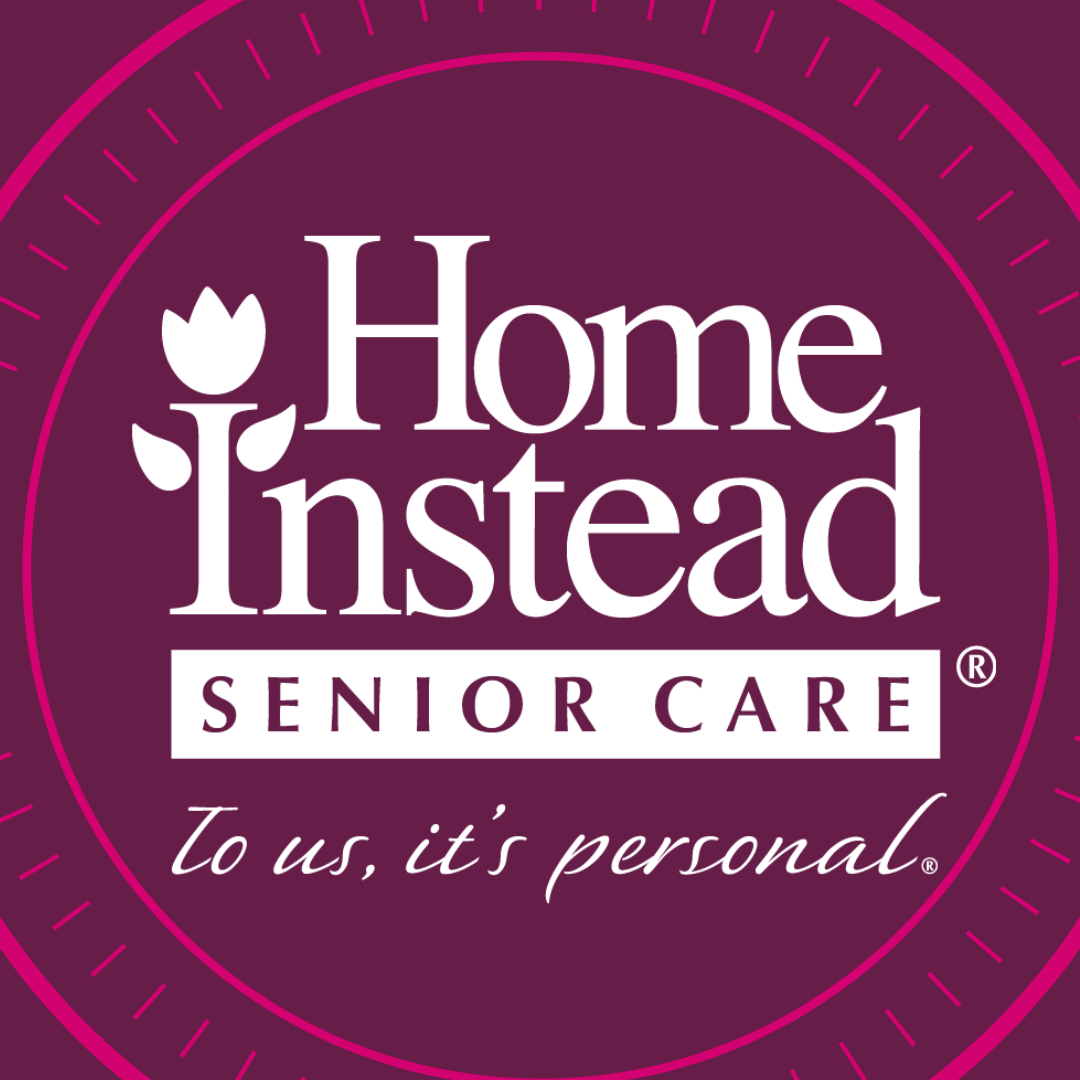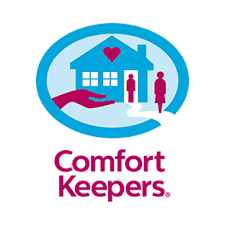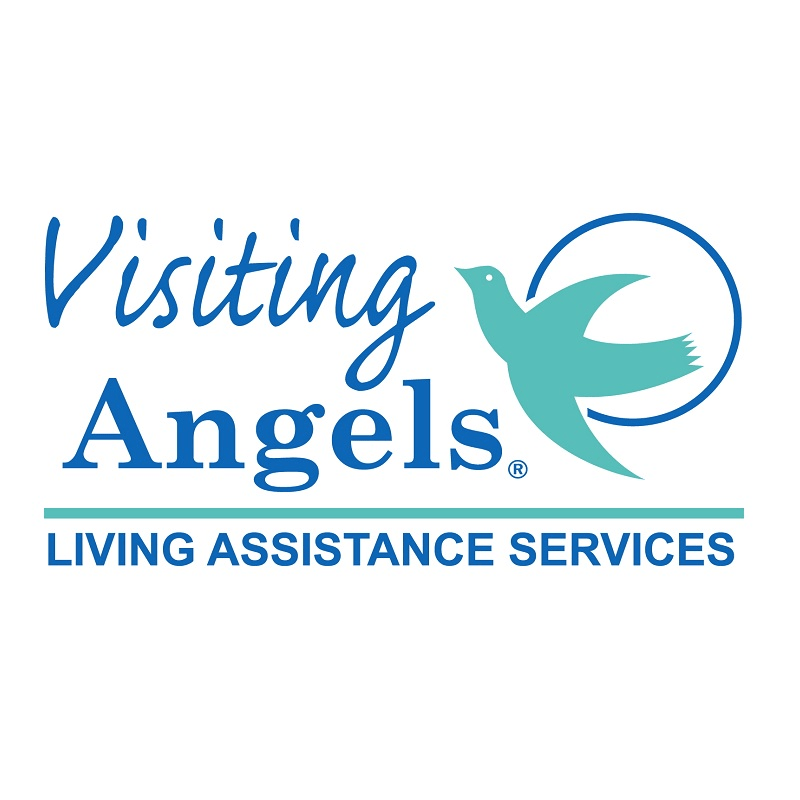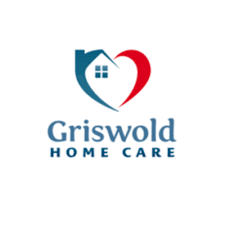Right at Home Franchise in 2025: Costs, Fee & FDD
Discover why Right at Home is a leading choice in the senior care industry. Explore investment costs, key benefits, and growth potential as you evaluate if this well-established franchise is the right fit for you.

Table of Contents:
Right at Home is one of the premier franchises in the home care industry, founded in 1995 by Allen Hager. Hager, a former hospital administrator, saw firsthand the challenges families face in caring for loved ones, particularly seniors. His vision was to create a franchise that would provide personalized in-home care, helping seniors maintain their independence while giving families peace of mind. Today, Right at Home stands out in the senior care franchise landscape, offering services that meet a wide range of care needs, from basic companionship to specialized care for chronic conditions.
At its core, Right at Home provides essential home care services, including assistance with daily activities like meal preparation, transportation, light housekeeping, and personal care. In addition to these foundational services, they offer specialized care for Alzheimer’s, dementia, and other chronic health conditions. The core market for Right at Home is aging seniors, although they also serve individuals recovering from surgery or dealing with disabilities. Their services are flexible, catering to both short-term needs and long-term care, making them a valuable partner for families navigating the complexities of aging.
Right at Home has a significant global presence with over 600 locations spread across multiple countries, including the U.S., Canada, the U.K., and Australia. This widespread reach highlights the brand’s success in meeting the growing demand for in-home care. The franchise serves tens of thousands of clients daily, making it a trusted name in the industry. The aging population, particularly in developed nations, has fueled this expansion, creating an ever-increasing demand for Right at Home’s services.
The support system Right at Home offers to franchisees is comprehensive. New franchisees receive extensive initial training covering care standards, operations, and business management. The ongoing support includes marketing assistance, access to a network of healthcare professionals, and a well-established operating system that helps franchisees manage their businesses effectively. Right at Home’s franchisees also benefit from continuous education, industry updates, and a collaborative community, ensuring they stay at the forefront of senior care trends. This level of support allows franchisees to focus on delivering high-quality care while growing their business.
Right at Home Franchise Insights
- Right at Home was founded in 1999 and began offering franchises in 2000, making it a well-established player in the senior care industry with over two decades of experience.
- The franchise has 531 U.S. locations, of which 508 are franchised, providing a robust franchise network with corporate support through 23 corporate units.
- The franchise offers specialized care programs, including Alzheimer’s and dementia care, catering to the growing senior population.
- Right at Home locations are designed to scale, with a flexible business model that allows franchisees to grow from small, local operations to multi-territory enterprises.
Right at Home Franchise Key indicators
Growth YOY (%)
3%
vs industry 10%
Total U.S. Franchised Units
508
3-Year Failure Rate
6%
vs industry 8%
Sales-to-Investment ratio
9.3:1
How much does it cost to open a Right at Home franchise?
Understanding the potential investment size and capital requirements is crucial when considering opening a Right at Home franchise. These financial commitments, including initial franchise fees, equipment costs, and ongoing operational expenses, impact the feasibility and profitability of the venture. Thoroughly evaluating these factors ensures that potential franchisees are prepared for the financial responsibilities and can make informed decisions about their ability to sustain and grow the business, ultimately contributing to long-term success.
Min & Max Investment
Opening a Right at Home franchise involves several key costs, which are outlined in Item 7 of the Franchise Disclosure Document (FDD). You can see a breakdown of the costs to open a Right at Home below from the most recent Item 7 below:
| Type of Expenditure | Minimum Investment | Maximum Investment |
|---|---|---|
| Initial Franchise Fee | $49,500 | $49,500 |
| Real Estate/Rent | $2,550 | $6,150 |
| Rent Deposits | $0 | $4,300 |
| Leasehold Improvements | $0 | $3,000 |
| Insurance | $6,000 | $10,000 |
| Furniture and Fixtures | $2,700 | $6,000 |
| Computer Hardware and Software | $3,750 | $9,250 |
| Other Office Equipment and Supplies | $1,000 | $6,000 |
| Training | $3,000 | $8,000 |
| Right at Home Personal Care Policy and Procedure Manual | $750 | $750 |
| Setup Fee and First Year Subscription Fee for Right at Home Personal Care Policy and Procedure Manual | $125 | $350 |
| Sales Training Program | $700 | $1,000 |
| ATS Payment | $375 | $1,875 |
| Initial Opening Marketing | $750 | $4,350 |
| Permits and Licenses | $200 | $2,700 |
| Professional Fees | $300 | $3,500 |
| Signage | $0 | $4,000 |
| Additional Funds (Three Months) | $17,000 | $40,000 |
| Total Estimated Initial Investment | $88,700 | $160,725 |
Item 7 in the Franchise Disclosure Document (FDD) is the “Estimated Initial Investment” section. It outlines the total costs a franchisee can expect to incur when starting a franchise, including the initial franchise fee, equipment, inventory, real estate, and other startup expenses. This section is crucial because it provides potential franchisees with a detailed understanding of the financial commitment required, helping them assess affordability and plan their investment strategy effectively.
Required Capital
For Right at Home or similar senior care franchises, here’s a general breakdown of the required financials:
- Initial Investment To open a Right at Home franchise, the total estimated investment ranges from $88,700 to $160,725, which includes the franchise fee, startup costs, initial marketing, and working capital. Assuming that you will finance your franchise investment, you should plan to have 20% of the total investment amount in the form of equity (cash) for the investment.
- Liquid Assets Many senior care franchises typically require liquid capital in the range of $50,000 to $100,000 to cover initial expenses and maintain business liquidity. This is an estimate based on industry standards.
- Net Worth For franchises like Right at Home, the typical net worth requirement can range from $150,000 to $300,000. This ensures that franchisees have enough financial backing to sustain and grow their business over time. Again, this is an estimate based on similar senior care franchise requirements.
How much does a Right at Home franchise owner make?
Calculating the salary of a Right at Home franchise owner involves analyzing gross sales to determine total revenue, assessing operational efficiency to understand profit margins, and accounting for franchisor fees and additional expenses such as rent, utilities, and payroll. Effective management of these factors can significantly impact the profitability and financial success of a Right at Home franchise owner. This comprehensive financial analysis helps estimate net profits, from which the owner’s salary can be derived. A clear understanding of these factors ensures accurate salary projections and financial planning for sustainable business operations.
Right at Home Revenue & Gross Sales
Based on most recent analysis, Right at Home franchises have a median gross sales of $1,160,232. This strong financial performance underscores the brand’s robust consumer demand and potential for significant revenue generation.
Which key factors impact the average revenue performance of Right at Home franchisees?
Several factors may have contributed to the performance of U.S. franchisee median gross sales for Right at Home in recent years. First, the ongoing aging population in the U.S. has increased demand for in-home senior care services, driving consistent client growth. Additionally, with the lingering effects of the COVID-19 pandemic, more families are seeking safe, home-based care for elderly relatives rather than institutional care. Economic factors such as inflation might also play a role, as rising healthcare costs may push families to explore more affordable in-home options. Lastly, the franchise’s continued investment in marketing and caregiver training could have helped franchisees deliver higher-quality services, contributing to stronger financial results.
Right at Home Franchise Operational Costs
If you open a Right at Home franchise, some of the key primary ongoing operational costs to consider include:
- Caregiver Salaries Since caregivers are the backbone of the business, wages will be one of your largest ongoing expenses. This includes payroll taxes and any additional benefits offered to staff.
- Recruitment and Training Ongoing recruitment to maintain a reliable team of caregivers is essential, along with continuous training to meet care standards and improve service quality.
- Insurance Liability insurance, workers’ compensation, and other necessary coverage are crucial to protect the business from potential risks.
- Office Space and Utilities You’ll need to budget for rent, utilities, and supplies for your administrative office, which typically manages the coordination of care services.
- Technology and Software You’ll likely invest in scheduling, billing, and reporting software to manage client care efficiently.
These are just a few primary operational costs to keep in mind.
Right at Home Franchise Fees
Here are some key ongoing fees relevant to operating a Right at Home franchise. These fees are important to consider when planning your operational budget, as they will impact your cash flow.
- Continuing Royalty This fee is the greater of 5% of net billings or a minimum royalty fee per quarter, payable weekly. This ensures franchisees contribute to the overall brand and operational support.
- Local Advertising Franchisees are required to spend 1% to 2% of net billings on local marketing, which covers advertising expenses for building and maintaining a client base in your territory.
- Brand Marketing and Promotion Fee This fee is the greater of 2% of weekly net billings on the first $1,000,000 and 1% on the next $2,000,000 of net billings each calendar year. It supports national branding efforts and promotions to enhance the franchise’s visibility.
- Additional Fees There may be other fees, such as technology fees, training costs, or other operational expenses depending on the franchise agreement and your location.
These fees are essential to understand and incorporate into your financial planning as a franchisee.
Right at Home Franchise Earnings
Based on the most recent data, franchisees of Right at Home generated median gross sales of approximately $1,160,232. For an owner-operator, the estimated earnings are $290,058 based on industry margins, reflecting the potential profitability of the business for hands-on operators. These figures represent a typical performance for a franchisee who actively manages the business, including overseeing operations, staff, and client care.
These earnings provide a strong indication of the business’s financial health, offering both a sustainable income and room for growth as the business scales. It’s important to remember that actual results can vary based on factors like territory size, local market demand, and operational efficiency.
How to Open a Right at Home Franchise
The process of becoming a Right at Home franchisee involves several key steps, starting from the initial inquiry to launching your business:
- Initial Inquiry You or your franchise specialist submits an initial inquiry basic information about your interest and background. You should also conduct thorough research on the franchise, including seeing all of the information available on the Vetted Biz franchise intelligence platform, including access to the most recent Franchise Disclosure Document (FDD).
- Initial Call After expressing interest, you’ll typically have an introductory call with the franchisor to discuss your background, financial qualifications, and suitability for the business.
- Discovery Day Attend an in-person or virtual Discovery Day where you can meet the corporate team, ask detailed questions, and see if the franchise is a good fit for you.
- Application and Approval After Discovery Day, you’ll submit a formal application to become a franchisee. The franchisor will review your financials and background before approving you.
- Franchise Agreement Once approved, you’ll sign the Franchise Agreement and pay the franchise fee to secure your territory.
- Training Right at Home offers a comprehensive training program that covers all aspects of the business, from client care to operations and marketing. You’ll complete both classroom and hands-on training.
- Site Selection & Setup You’ll secure an office location, set up business operations, hire caregivers, and ensure you have the necessary tools and software to manage the business.
- Launch & Opening After training, marketing efforts will start to attract clients, and you’ll officially open your business, beginning to serve clients in your territory.
Pros & Cons
Pros
Growing Industry: The senior care industry is expanding rapidly due to the aging population, offering strong demand and long-term growth potential.
Established Brand: Right at Home has over 20 years of experience with more than 500 U.S. locations, giving franchisees a strong and recognizable brand.
Scalable Business Model: The flexible business model allows franchisees to start small and expand as demand grows, making it easier to scale operations.
Cons
High Caregiver Turnover: The industry can face challenges with recruiting and retaining qualified caregivers, which may lead to operational difficulties.
Hands-On Management: This business requires a hands-on approach, especially in the beginning, which might not be ideal for those looking for a more passive investment.
Regulatory Complexity: The healthcare and senior care industry is highly regulated, requiring franchisees to navigate complex legal and compliance issues.

